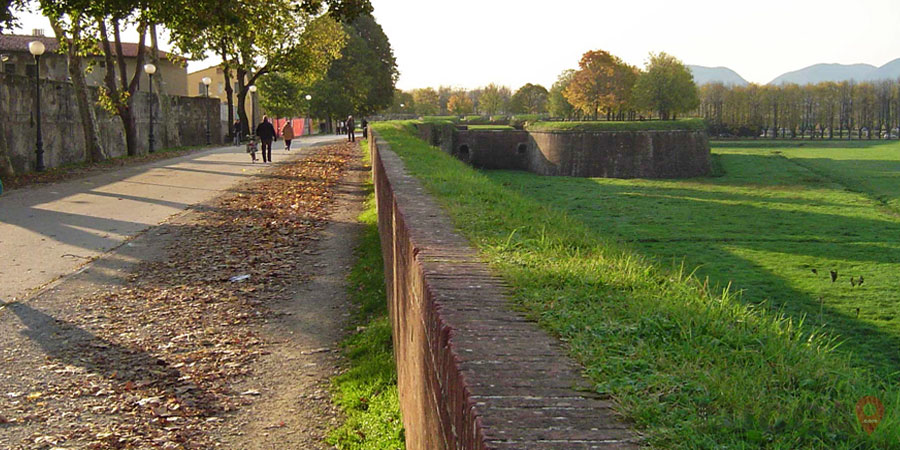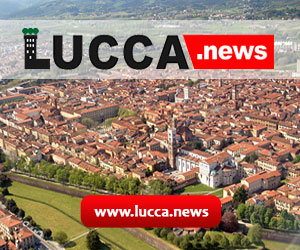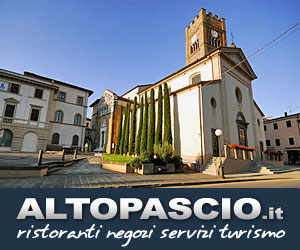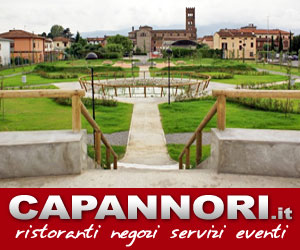
The Walls of the City of Lucca ,
"Le Mura di Lucca" or the Walls of the City of Lucca have great historical value and are known worldwide for their beauty and artistic value. The walls rank second in Europe in terms of length and were built in order to fortify the city of Lucca in a modern way.
The walls of the city of Lucca have been built in the early Renaissance era and were constructed around the 16th century in its first half. The exact date of the start of the work was 7th May 1504. The construction was complete after one and a half century. There are 12 curtain embankments of the wall. These are joined with each other by 11 unique bastions or ramparts. The height of the walls is around 12 meters, and the width of the base is 30 meter. They have a length of around 4 kilometers and have an inbuilt impressive and unique park. The walls were built in deterrence to attacks and sieges by Florence and Tuscany. The walls were tested for their strength and usefulness during the floods of Serchio (one of the main rivers in the area) on 18th November 1812.
The Botanical Garden Within
The walls were allocated for the use of civilians in the 19th century by Maria Lusia (Bourbon) who was in office from 1815 to 1824. During this time, the fortresses old curtains were converted into city promenade. Now the park is used for physical activities such as walking, jogging, etc. You can find trees with red oaks, horse chestnuts and plane trees in the urban park. During summers, many events and performances are also held at the large lawns of the natural park. The park also has a botanical garden that was also founded by Maria Luisa. It was founded for teaching history. Many scientific researched were carried out in the garden that were based on the flowers of the city Lucca.
Early History
The perimeter of the city Lucca was erected in the ancient Roman Empire itself, at around 180 BC. Its northern boundaries were formed by Via San Giorgio, Southern by Garibaldi, western by Via Galli Tassi and Eastern by Rosa.
Many ancient archaeological remains are still within the walls. The old orthogonal streets called as Cardus Maximus (now called Via-Veneto), Castrates where soldiers gathered, Decumanus Maximus or the streets that were laid in east-west direction (now called Via San-Paolino and Santa Croce) still can be seen in their duly transformed forms.
Gates of the walls
The walls have six ports or gates that provide access to the city of Lucca. The names of the doors when visited in clockwise direction from the north include:
- Porta Santa Maria, It opens at the "Piazza Santa Maria"
- Porta San Jacopo, It is the most newly built gate of all the wall gates
- Porta Elisa, The gate has been dedicated to Princess of Lucca Elisa Baciocchi
- Porta San Pietro, Opens towards the railway station
- Porta Santa Anna, Opens towards the Verdi sqaure
- Porta San Donato, Opens towards "Piazza San Donato",
The original doors are the St Donato, St Pietro and Porta Elisa
Bulwarks or Bastions
The walls have 11 bastions or bulwarks which were built to give more strength to the walls. These include:
- Bulwark San Martino
- Bulwark San Pietro
- Bulwark San Salvatore
- Bulwark Cairoli
- Bulwark San Regolo
- Bulwark San Colombano
- Bulwark Santa Maria
- Baluardo San Paolino
- Bulwark San Donato
- Platform San Frediano
- Bulwark Santa Croce
Vincenzo Civitalli and others collaborated towards making of these bulwarks.
The great roman architecture can be seen changing architectural form in the walls of Lucca. Within the walls, a unique combination of early renaissance architecture can be seen fused with more-modern lifestyle approaches.
Find Tourist Attractions





